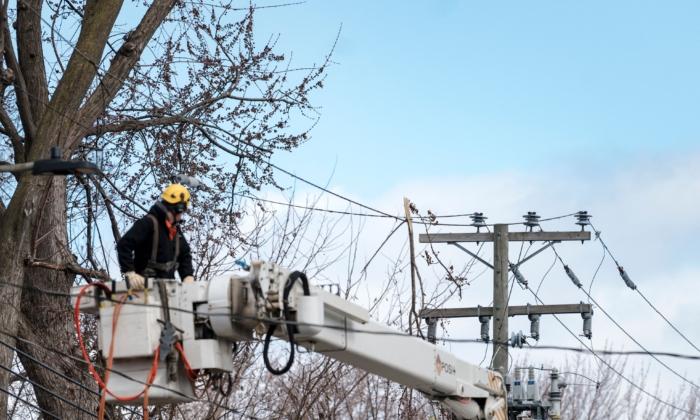The report says to meet net-zero electrical system targets by 2035, Canada needs significantly more non-carbon electricity generation. And to meet 2050 overall net-zero emission targets, Canada needs to expand its current electrical generation capacity by two or three times.
“To achieve its goal of a net zero electricity sector by 2035 Canada will need 121 terawatt hours of new supply to replace carbon sources,” Energy NL wrote in the submission, as reported by Blacklock’s Reporter. It says this amount of electricity generation is equivalent to that of “four Churchill Falls.” The province’s Churchill Falls generation station is Canada’s second-largest hydroelectric plant, after the Robert-Bourassa generating station in northwestern Quebec.
“And, to meet net zero 2050 targets, Canada’s electricity generation capacity needs to grow by 2.2 to 3.4 times bigger than today,” said the submission.
Energy NL, representing over 460 member organizations in Newfoundland and Labrador’s energy sector, said that achieving the 2050 net-zero emissions objective won’t be possible without multi-faceted support from the government. This assistance should encompass financial, legislative, and policy support.
The proposal has ignited jurisdictional debates between Ottawa and the provincial governments of Alberta and Saskatchewan, particularly regarding the removal of natural gas from their energy grids, barring emergency conditions.
Provinces that rely more heavily on emitting technologies for electricity generation can expect higher incremental rate increases, as highlighted in a federal government Regulatory Impact Analysis Statement, reported Blacklock’s Reporter.
The analysis notes that it is expected that most of the expenses incurred by electric utilities would ultimately be passed on to consumers. This scenario might lead to lower-income households using a comparatively larger proportion of their overall income to cover these costs in comparison to higher-income households.
According to the analysis statement, by 2040, rate hikes would average $485 more per year in Nova Scotia, $154 in Alberta, $111 in Saskatchewan, and $55 in New Brunswick.







